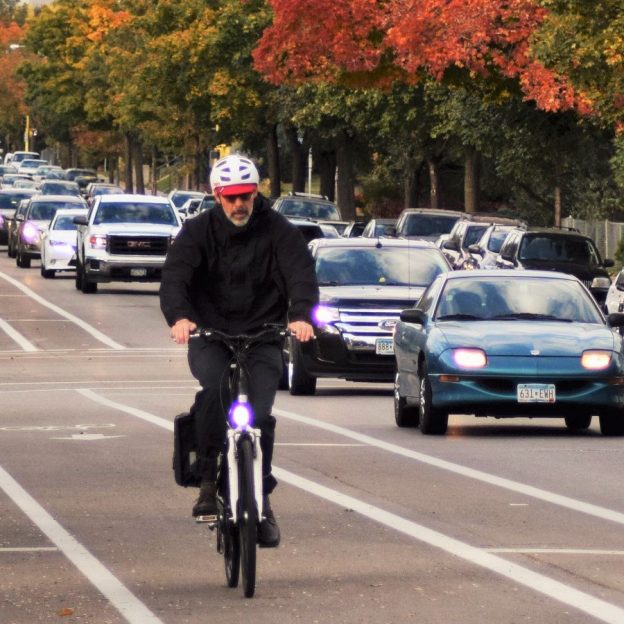Tag: Wicking fabrick
-

Staying cool while biking in the hot, humid weather
With the return of summer heat, welcoming to most of us here in upper Midwest, we are finally feeling the warmth. With the temperatures again fluctuating up into the high nineties this week and the humidity down right tropical, here are some helpful suggestions to make the most of your summer activities while we all…

